
Whatever you are looking for in this area, you will find an instrument: : Burford, Finocchietto, DeB...
Portal and digital medical technology fair of the largest MedTech cluster in Germany

Whatever you are looking for in this area, you will find an instrument: : Burford, Finocchietto, DeB...
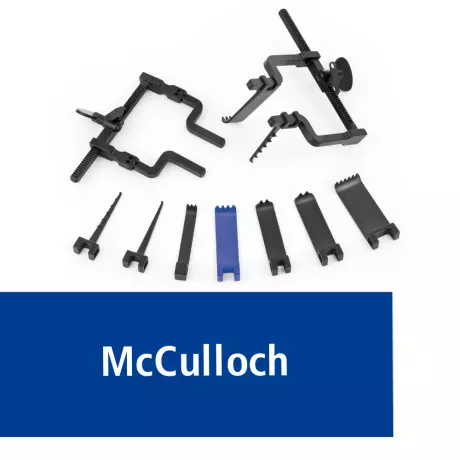
Spine System McCulloch - Retractor System...
The McCulloch Retractor System for intervertebral disc disease The McCulloch Retractor Syste...
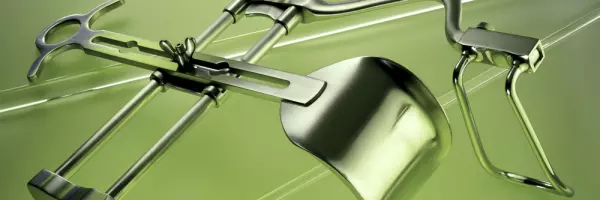
The most common models are available. Ribbon-retractor but also Deaver, Cooley, Hibbs and Davidson m...
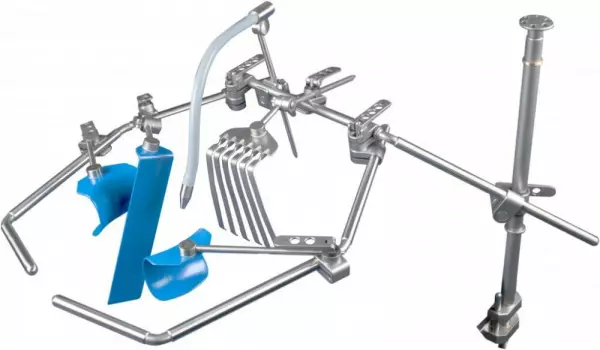
Universal surgical retractor systems
Sattler® Universal surgical retractor systems, more than just 1 system! The „...
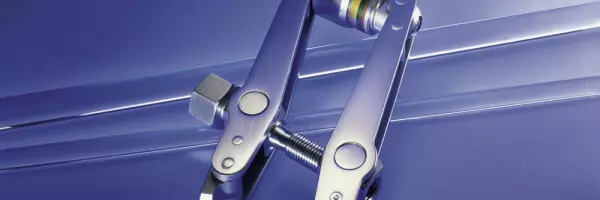
Instruments for orthopaedics Rudolf Storz offers a wide range of products in the field of orthopa...
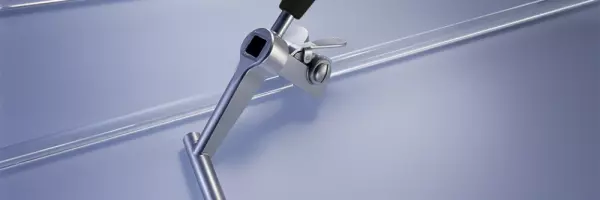
Spine One of our newest delivery programs offers you as a special feature the complete CASPAR pro...
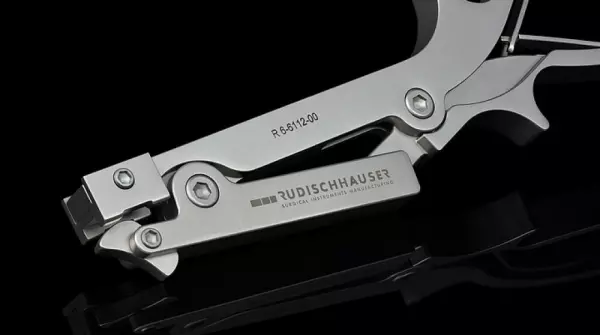
Spine - Instruments & Implants
We develop, optimise and manufacture a variety of spinal implants and instruments (e.g. pedicle scre...

The vertebral spreader system is a mechanical device that separates the vertebral bodies. The spreader consists of a cylindrical plug and two pivotally attached elongated members. These curved plates have a first outside radius that engages the wall of the hole, and a second inside radius that is smaller than the first. The spreader plates are oriented with a common center line.
In one embodiment, a first end component of the system is inserted into the vertebral body holes. The instrument comprises two elongated members that pivot about a point 35 at the middle. The members also carry plates 37 and 38, which are moved apart by the spreader instrument's handle ends. The device can be used by patients who have undergone a vertebral fusion. There are many types of vertebral spreader systems, so choosing the right one depends on your specific needs.
In other examples, the first central component is inserted by moving through the space between the second end component and the nerve root. The second end component is inserted into the second end component. Various mechanisms are used to couple the two components. The coupling mechanism may involve a clamp, a threaded shaft, or expansion of the shaft. A third type of vertebral spreader system includes a rod that spans the space between the vertebrae.
The spreader instruments are attached to the first tips of the vertebrae. The spreader instrument then moves the plates apart so that the bone section is inserted into the holes. The end components are coupled to elongated members by means of a common axis. The plates each have a concave surface on the interior wall of the bone assembly and a second, smaller radius on the outer wall.
The first end component comprises a thin arcuate plate that is mounted on elongated members. The plates are designed to fit into the holes of vertebral bodies. Typically, the plates are mounted around a common axis and have concave sides. The first end of the spreader instrument is positioned against the first side of the vertebral body, and the second end component is positioned against the second side of the vertebral body.
In addition to the first and second end components, a second end component is also included in the vertebral spreader system. This second end component may have a height H and a width W, and may include a second tip 152. A number of other features are also included in the first and third end components. The height, width, and depth of each member may be identical or different. The first and the last parts of the device are connected by a rod and screw fixation system.
The vertebral spreader system 2000 includes a primary device 2100 and a secondary device 200. The primary and the secondary devices may be operated in different configurations, including sequentially or simultaneously. The second end component can be placed in between the two end components. In some embodiments, the devices are positioned on the vertebrae at different levels. They may have additional accessories, such as a movable base.
Become a digital exhibitor yourself in the online portal of the largest and best-known MedTech cluster region in Germany and inform the world of medical technology about your products and services as well as about news, events and career opportunities.
With an attractive online profile, we will help you to present yourself professionally on our portal as well as on Google and on social media.